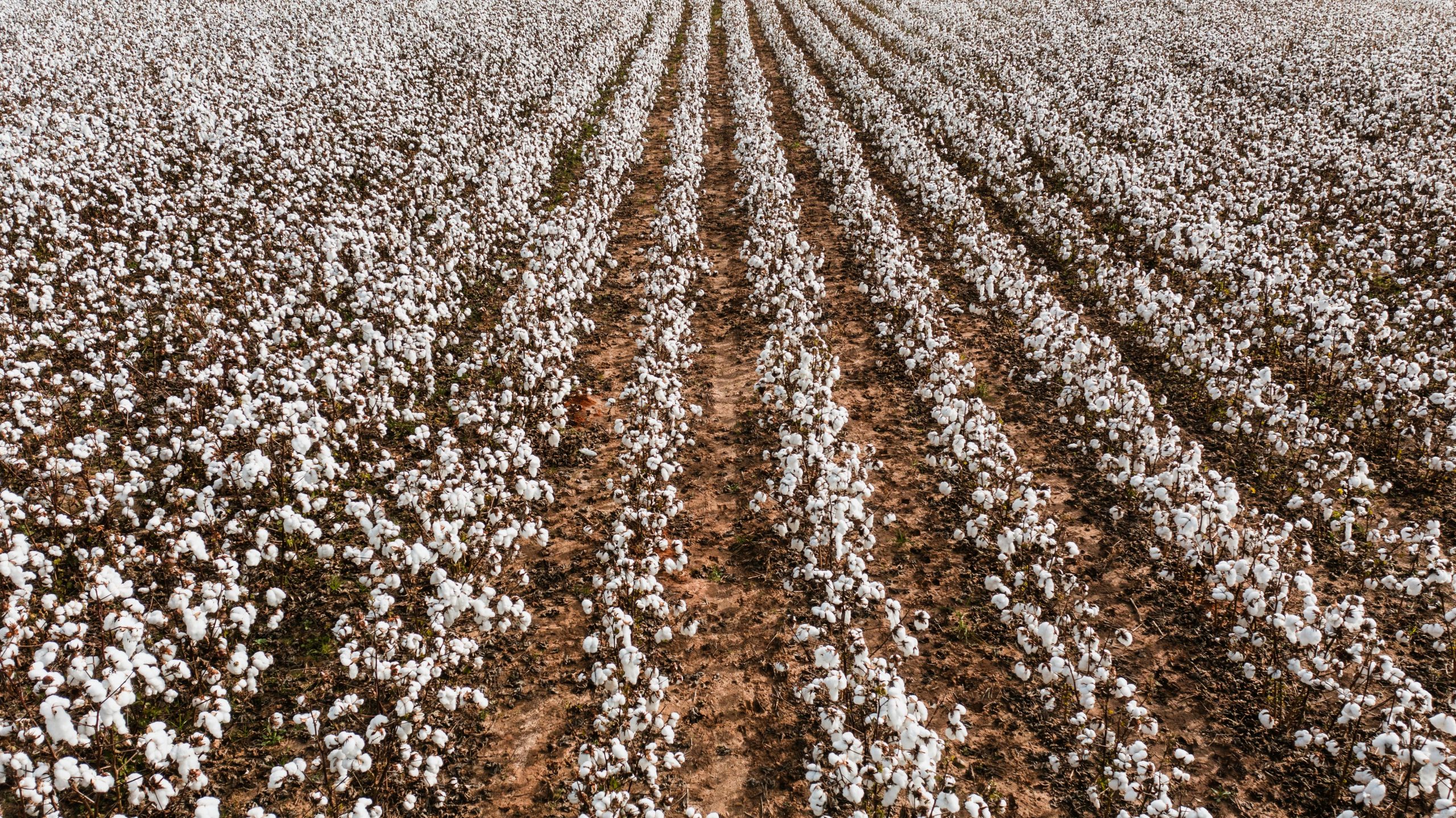
Outreach and engagement is essential for the cotton sector
Dr Seshadri Ramkumar suggests nonwovens and advanced textiles industry can explore opportunities in cotton.
Opportunities for cotton in non-commodity applications can arise based on effective outreach and engagement with broader audience.
Cotton needs to be presold based on its environmental friendliness.
Plastic pollution is receiving highest attention with the recent conclusion of the 4th session of intergovernmental negotiating committee to negotiate global plastic treaty held in Ottawa, Canada, April 23-29, 2024. Importantly, the document on plastic production and pollution prepared by the United Nations Environmental Program was used as an aide memoir during the discussion. According to the document, there is a link between plastic pollution and human health and the environment. It calls for ending the pollution instructing the need for bold vision and plan. This gives impetus for natural fibre sectors like cotton to go on a high gear in cotton productivity and quality improvements, thinking beyond the commodity and common fashion products. There needs to be more encouragement for developing advanced products from cotton and natural fibres that can serve as alternatives to plastics. Importantly, industry must be involved in outreach and engagement to tell positive stories of cotton and how it can combat pollution.
Leading cotton associations like the USA-based National Cotton Council and Cary, NC-based Cotton Incorporated and the Cotton Association of India, are doing their part to promote the positive values of cotton by supporting research and marketing campaigns.
In addition to these efforts, it is important that these campaigns reach youngsters at middle and high schools, colleges, and universities as these are future consumers with independent decision making and buying powers. In the United States, which is one of the leading cotton producers and exporters of cotton, academic institutes emphasise the importance of outreach and engagement with the industry and society. Such efforts must be replicated in other cotton nations, where there are active engagements with stake holders to gather the latest information and increase the footprint of cotton in various products.
An engagement activity, “Lab in a Bag,” from our laboratory is aimed at highlighting the advanced applications of cotton to school students and public by taking portable laboratory and conducting experiments whetting public’s appetite on cotton and its advanced applications.
We have engaged with stakeholders and students in United States and India to promote cotton in industrial applications both via in person and virtual presentations.
Experiments with cotton were conducted in forums organised by the Workforce Solutions of Texas in agricultural towns such as Muleshoe and Plainview. Demonstrations form a vital part of presentations made in the Lubbock Chamber of Commerce’s events such as Young Leaders Forum, STEM Nights hosted in elementary schools, etc.
In India, which is a major cotton producing and consuming country, positive aspects of cotton and its applications to clean-up toxic oil spill are regularly presented in forums organized by the 20,000-member strong Textile Association of India and in institutions like Coimbatore-based Kumaraguru College of Technology and Avinashilingam Institute for Home Science & Higher Education.
Nonwovens and advanced textiles industry can explore opportunities in cotton, and other natural fibres by engaging with institute and academia such as Mumbai-based Central Institute for Research on Cotton Technology, to name a few.
Presentation made to Mandela fellows from Africa on the emerging applications of cotton is archived here https://www.youtube.com/watch?v=KnhyRIHMQhc
About the author:
Dr Seshadri Ramkumar is a Professor, Nonwovens & Advanced Materials Laboratory in Texas Tech University, Lubbock, TX, USA.




